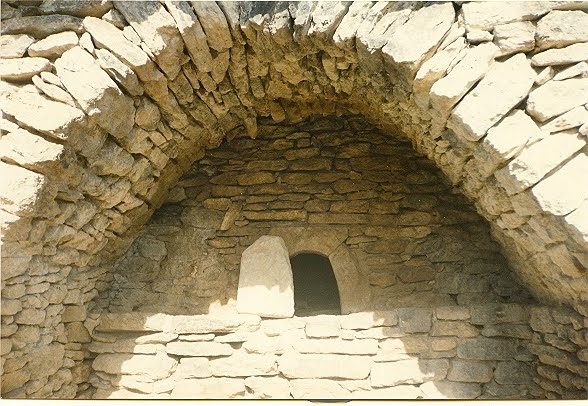
The "non-cooking" 7-day commitment not to use the stove (microwave is not in the game as it is not good for cooking anyway) is done. As a protagonist in the movie “Julie and Julia”, who aspired to cook using 524 recipes from Julia Child’s cookbook during a year and to blog about it every day, I didn't cook using the stove for the whole week and reported on it in my blog.
The results obtained from the experiment:
1. It reduced by half the time spent in the kitchen preparing food.
2. It made it less taxing because arranging food beautifully on a plate is easier than to cook a meal from scratch.
3. It is fun as it is colorful, fresh, tasty, there is a huge variety of recipes and ideas, and plenty of options in the stores. Few of them are local, unfortunately, "100-miles diet" is a challenge at every level of the food chain in its current state.
4. It significantly reduced the number of dishes to wash - less water to use.
5. It is certainly healthy as it contains much more raw food (and the summer is coming!) and less meat.
6. It was a small-scale contribution to the carbon emission reduction. Well, yes, too small, but it is worth mentioning as all big changes are sum of small differences.
So, the non-cooking campaign will continue. With no excess, of course: we certainly will boil an egg, or cook a good home made soup, or pasta, or this big veggie I have in my basket: rutabaga. But for the busy times, which are most of the times, the no-cook cooking is an excellent option.
To inspire ideas there are books:
Cooking Green Reducing Your Carbon Footprint in the Kitchen by Kate Heyhoe.
Cooking Green is the next step in eco-friendly lifestyle. How to think like an environmentalist in the kitchen? In her book, Kate Heyhoe says that “12 percent of total greenhouse gas emissions (or 14,160 pounds of carbon dioxide per household) result from just growing, preparing and shipping our food” and that “appliances account for 30 percent of our household energy use, and the biggest guzzlers are in the kitchen.” How we cook is as important as what we cook. Heyhoe talks a lot about cooking appliances and methods, rather than to just focus on recipes.
No-cook cookbooks:
"No-cook Cookbook: Over 200 Simple Recipes and Ideas for Mouthwatering Meals without Cooking" by Jason Lowe







I am so impress by your persistency, yummy looking food and incredible pictures. Good job! Thanks.
ReplyDeleteNon-cooking is definitely an awesome way to prepare food. Like you said, it saves time and energy and water, and just entirely, the whole thing is just environmentally friendly. During the summer it is going to be an advantage, as it gets really hot, and without the use of the stove, heat produced in the house will be reduced:] What also is great about these non-cook meals is that you can literarly throw anything on a plate, and it would taste yummy:] And it fills you up quickly, without making you overstuff yourself:)
ReplyDeleteAwesome diet style,and hope you keep it up:]